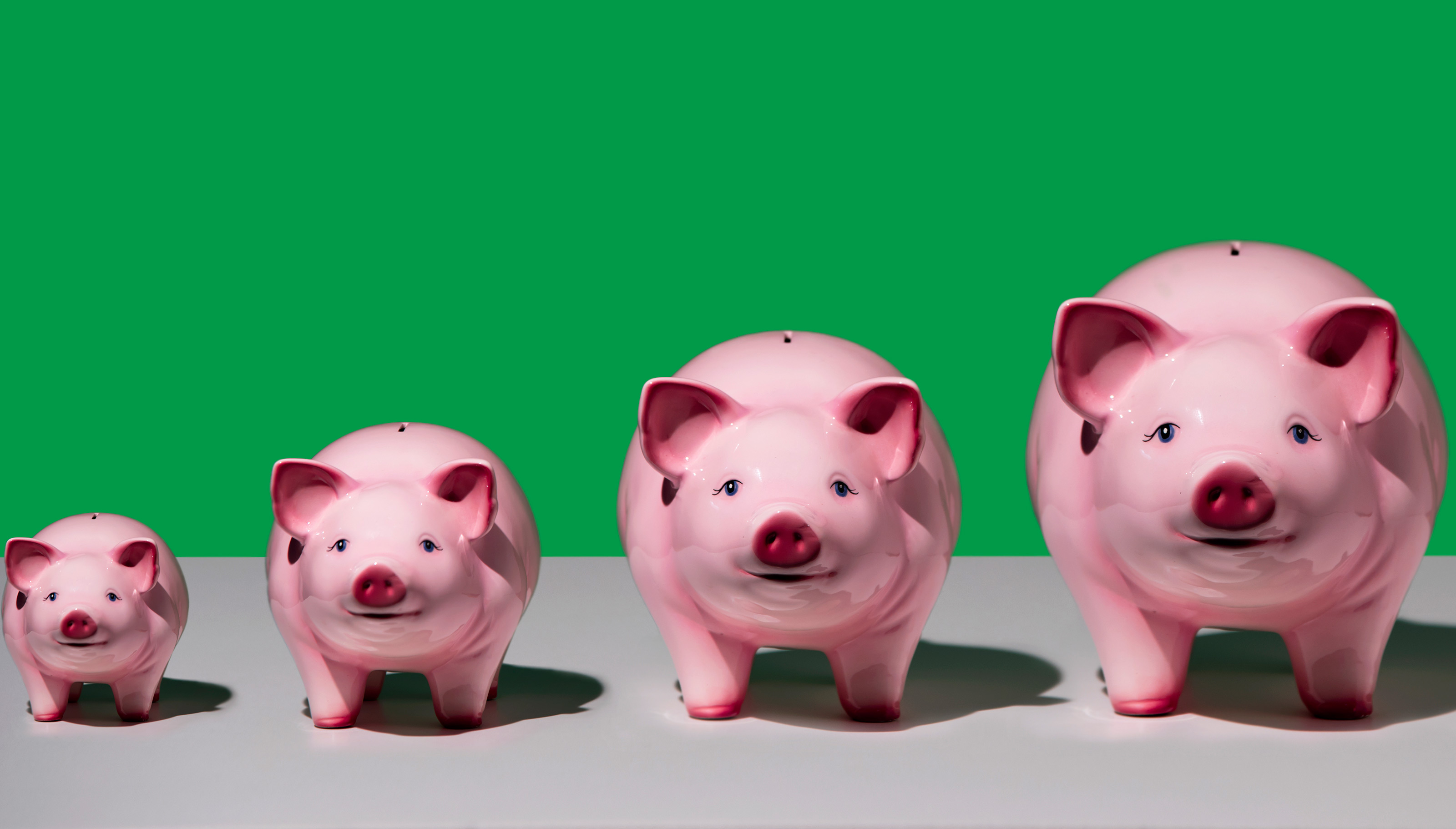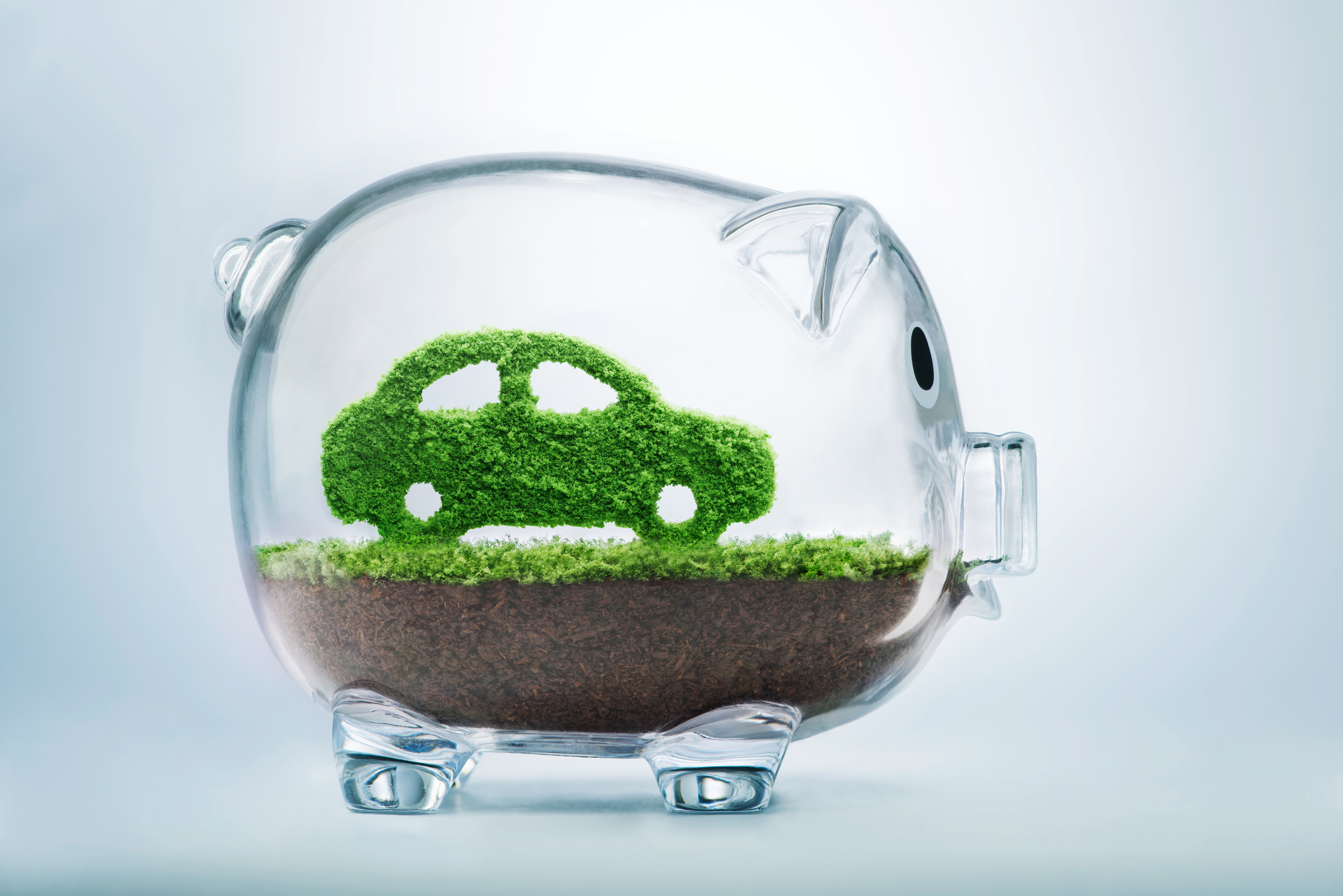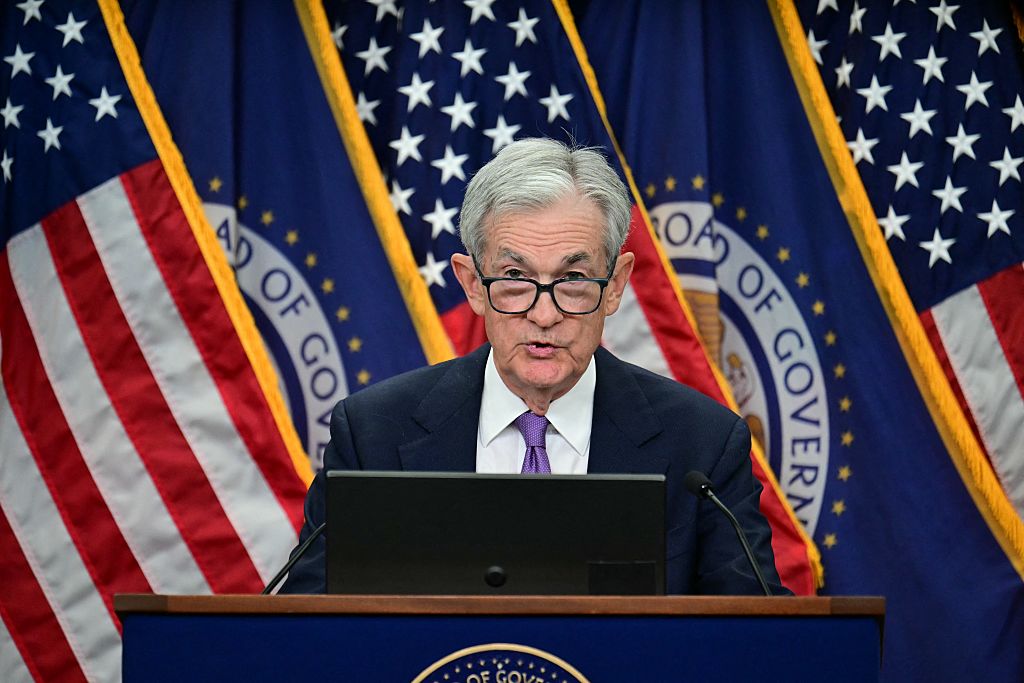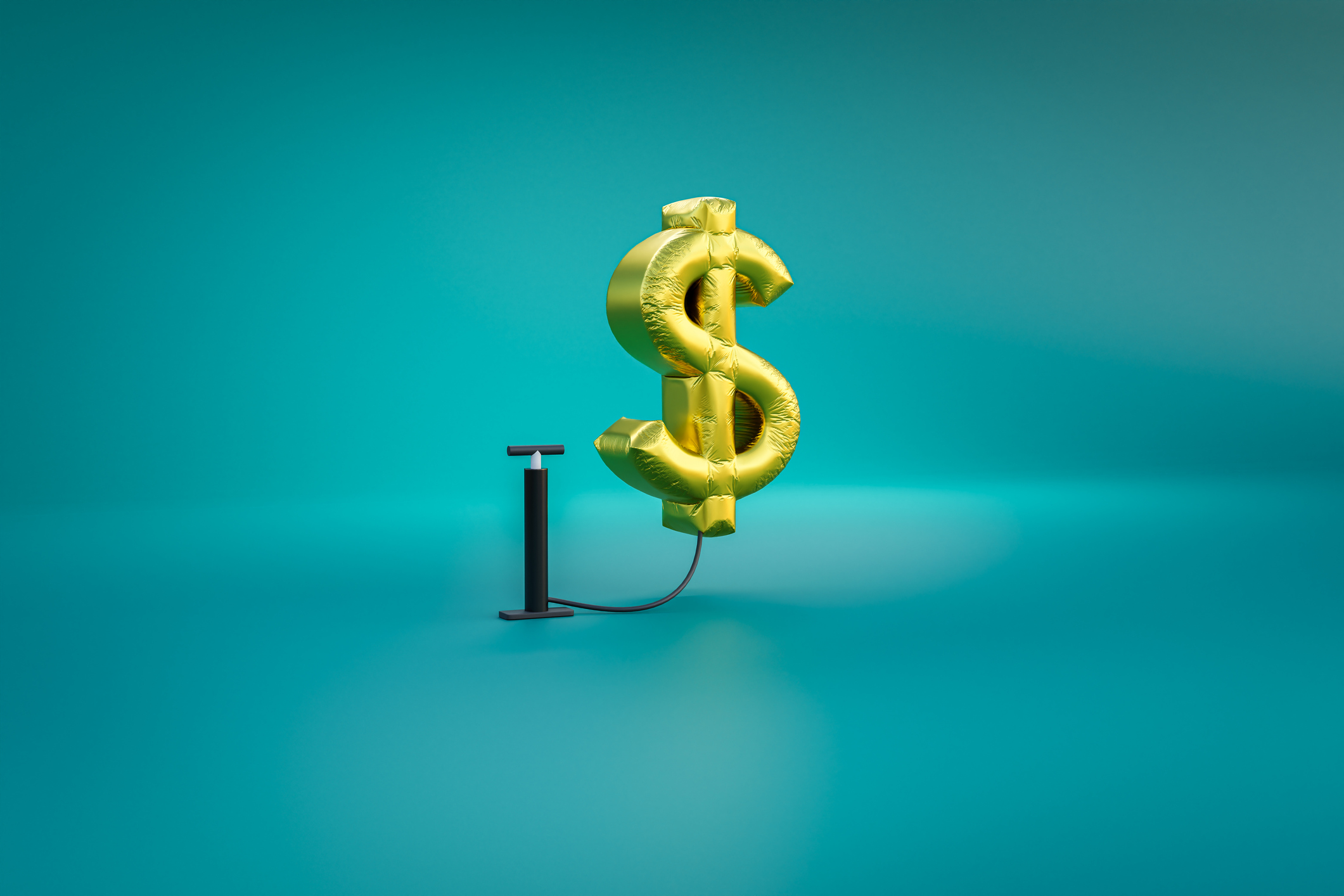There's No Vaccine Against Inflation
Prices should ease in 2022, but inflation will remain above the levels of recent years.


One of the sad ironies of the waning COVID-19 pandemic is that just as Americans feel ready to dine in restaurants, board an airplane or go shopping in an actual store, everything seems a lot more expensive than it was a year ago.
That’s not an illusion. Consumer prices rose 0.9% in October, up 6.2% from a year earlier, the largest increase in 31 years. Prices have risen across the board, affecting everything from eggs to TVs (see the chart below for some of the hardest-hit categories).
Kiplinger forecasts an inflation rate of 2.8% by the end of 2022, a decline from 2021 but higher than the average annual rate of 2% over the past decade. Contributing factors:
From just $107.88 $24.99 for Kiplinger Personal Finance
Become a smarter, better informed investor. Subscribe from just $107.88 $24.99, plus get up to 4 Special Issues

Sign up for Kiplinger’s Free Newsletters
Profit and prosper with the best of expert advice on investing, taxes, retirement, personal finance and more - straight to your e-mail.
Profit and prosper with the best of expert advice - straight to your e-mail.
Wage growth. In what has been dubbed the Great Resignation, millions of workers have left their jobs, which has put pressure on employers to pay more to retain and attract employees.
In the third quarter of 2021, wages increased 1.5%, which came on top of a 0.9% increase in the previous quarter and marked the biggest jump in two decades. For the 12 months ending in September, wages and salaries increased 4.2%. It’s unclear, however, whether we’re in what’s known as a wage-price spiral, which occurs when demand for higher wages leads to higher costs and fuels more demand for higher pay.
Product shortages. The pandemic and resulting economic lockdowns created backlogs in delivery channels around the world. Ports are struggling with bottlenecks, warehouses are understaffed, and there aren’t enough truck drivers to move stuff around. That means the goods that are available cost more, particularly at a time when an increase in consumer spending has driven up demand.
The personal savings rate, which measures how much money Americans have left each month after spending and taxes, was 7.5% in September, down from 14.3% a year earlier.
Energy prices. Gas prices rose 3.8% between September and October and are up nearly 50% from a year earlier. Prices at the pump have been driven higher by the strong global recovery in oil demand, coupled with a slow rebound in oil production (see Energy Stocks Come Roaring Back). Kiplinger expects a small dip in gas prices by year-end, but that will still leave motorists paying more than $3 per gallon, on average—and in some parts of the country, gas prices will continue to cost $4 a gallon (or more).
Outlook for interest rates. If inflation persists at more than 2%—which appears likely—the Federal Reserve has signaled that it will raise short-term interest rates in an effort to slow the economy. Kiplinger predicts that the Fed will start raising rates in the fall of 2022, which is earlier than the central bank had anticipated. But that may not offer much relief for people who have money in low-interest savings accounts, says Ken Tumin, founder of DepositAccounts.com.
Banks continue to hold a record amount of deposits, while demand for loans remains weak. That means banks don’t feel the need to raise interest rates to attract more customer deposits, Tumin says. Currently, online savings accounts are paying about 0.5%, with major brick-and-mortar banks paying even less than that.
There is some encouraging news for individuals in search of a low-risk place to stash money they can’t afford to lose: The Treasury announced in November that newly issued series I savings bonds will pay a composite rate of 7.12%. The composite rate consists of a fixed rate, which is currently 0% on new bonds, and an inflation rate, which is tied to the government’s consumer price index and adjusts every six months from the bond’s issue date.
I bonds have some downsides. You’re limited to investing $10,000 a year in electronic I bonds, plus up to $5,000 in paper bonds you can only purchase with your federal tax refund. In addition, you can’t redeem an I bond within the first year. And if you cash it in before five years have passed, the penalty is three months’ worth of interest, although that’s considerably less severe than the early-withdrawal penalties on most five-year CDs.
Because of these withdrawal limitations, I bonds aren’t a good place to invest money you may need right away, Tumin says. However, they could provide a valuable supplement to your emergency savings. For more information on I bonds, go to www.treasurydirect.gov.
Profit and prosper with the best of Kiplinger's advice on investing, taxes, retirement, personal finance and much more. Delivered daily. Enter your email in the box and click Sign Me Up.

Block joined Kiplinger in June 2012 from USA Today, where she was a reporter and personal finance columnist for more than 15 years. Prior to that, she worked for the Akron Beacon-Journal and Dow Jones Newswires. In 1993, she was a Knight-Bagehot fellow in economics and business journalism at the Columbia University Graduate School of Journalism. She has a BA in communications from Bethany College in Bethany, W.Va.
-
 Your Year-End Tax and Estate Planning Review Just Got Urgent
Your Year-End Tax and Estate Planning Review Just Got UrgentChanging tax rules and falling interest rates mean financial planning is more important than ever as 2025 ends. There's still time to make these five key moves.
-
 What Makes This Business Successful? The Founder's Kids Share
What Makes This Business Successful? The Founder's Kids ShareThe children of Morgan Clayton share how their father's wisdom, life experience and caring nature have turned their family business into a respected powerhouse.
-
 Stocks Struggle Ahead of November Jobs Report: Stock Market Today
Stocks Struggle Ahead of November Jobs Report: Stock Market TodayOracle and Broadcom continued to fall, while market participants looked ahead to Tuesday's jobs report.
-
 What to Expect from the Global Economy in 2026
What to Expect from the Global Economy in 2026The Kiplinger Letter Economic growth across the globe will be highly uneven, with some major economies accelerating while others hit the brakes.
-
 December Fed Meeting: Updates and Commentary
December Fed Meeting: Updates and CommentaryThe December Fed meeting is one of the last key economic events of 2025, with Wall Street closely watching what Chair Powell & Co. will do about interest rates.
-
 The Delayed September Jobs Report Is Out. Here's What It Means for the Fed
The Delayed September Jobs Report Is Out. Here's What It Means for the FedThe September jobs report came in much higher than expected, lowering expectations for a December rate cut.
-
 Shoppers Hit the Brakes on EV Purchases After Tax Credits Expire
Shoppers Hit the Brakes on EV Purchases After Tax Credits ExpireThe Letter Electric cars are here to stay, but they'll have to compete harder to get shoppers interested without the federal tax credit.
-
 October Fed Meeting: Updates and Commentary
October Fed Meeting: Updates and CommentaryThe October Fed meeting is a key economic event, with Wall Street turned into what Fed Chair Powell & Co. did about interest rates.
-
 The Delayed September CPI Report is Out. Here's What it Signals for the Fed.
The Delayed September CPI Report is Out. Here's What it Signals for the Fed.The September CPI report showed that inflation remains tame – and all but confirms another rate cut from the Fed.
-
 The Economy on a Knife's Edge
The Economy on a Knife's EdgeThe Letter GDP is growing, but employers have all but stopped hiring as they watch how the trade war plays out.
-
 Banks Are Sounding the Alarm About Stablecoins
Banks Are Sounding the Alarm About StablecoinsThe Kiplinger Letter The banking industry says stablecoins could have a negative impact on lending.